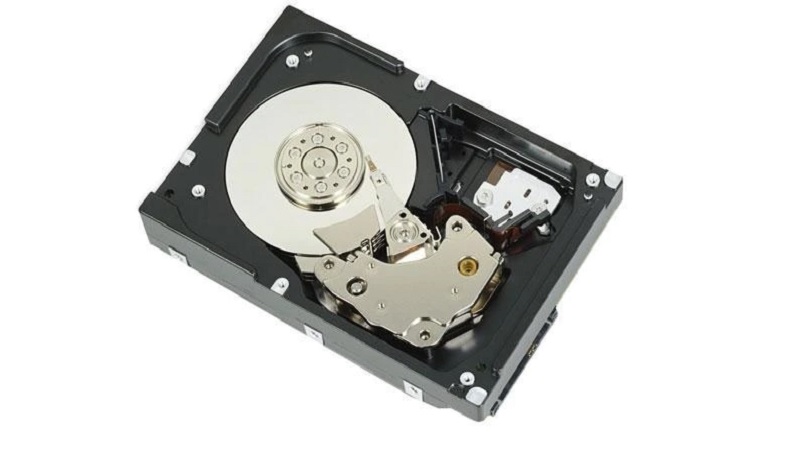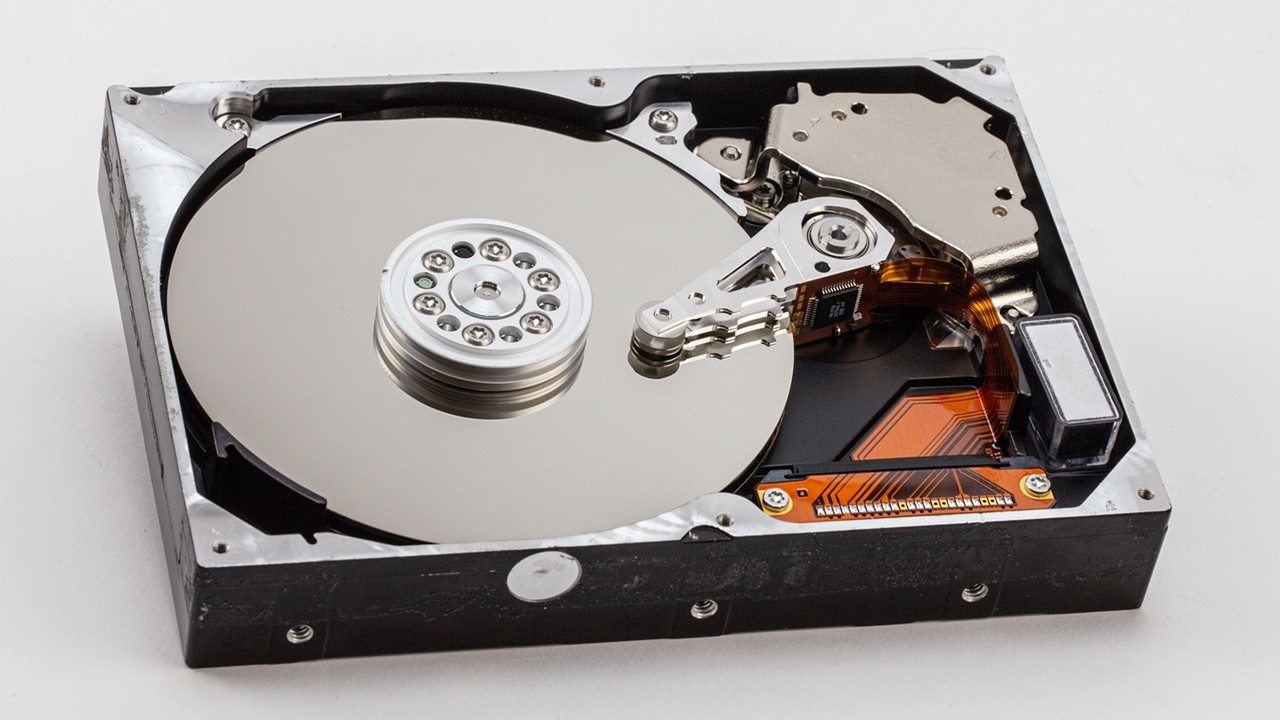In This Article
What is Drive?
A drive in a computer, also called the disk drive, refers to the specific location, or medium, where information, programs and files are stored and read from.
They are designed specifically to allow the users to retrieve the information from them as and when required.
KEY TAKEAWAYS
- In simple words, a drive signifies a specific part or a slot in the computer architecture where the tapes or disks are inserted, and they typically spin them, depending on the design of the disk, to make them work.
- The drives in a computer also store all programs and files needed by the computer to work. It helps in loading the program while using it and saves the document in it after completing the specific task.
- Usually, there are two types of drives in a computer such as the hard disk drive and the floppy drive, but the floppy disk drives are usually not found now. There are also tape drives, CD-ROM drives, and WORM drives.
- The drives in a computer are shown by different labels such as Drive A:, Drive C:, Drive D:, Drive E:, and Drive F:, though all systems may not have as many. However, each of these drives is meant to perform a precise function.
- All computers available today are of different types. With the advancement of technology, the laptop computers have become thinner and lighter and, therefore, do not use different types of drives.
Understanding Drive

A computer drive or disk drive is the device or medium where digital information is stored.
They allow reading, adding or removing this information as the user chooses. You can also retrieve the information from these drives when you need it.
Drives were called disk drives originally. This is because these drives usually had a round, spinning disk inside to store the files and information.
Then there were the floppy disks. These disks typically had a round and very thin piece of spinning material in them, which was about the thickness of a piece of paper.
These drives typically measured about 3-1/2, 5-1/4 or 8 inches in diameter and resided inside a paper or plastic sheath.
Floppy disk drives were used to run them. Today, a handful of people use these floppy disk drives.
There are also other different types of drives and disks available, as explained in a later section of this article.
Typically, the drives store all programs and files used by the computer. For example, when you use the word processor to write a letter, the computer loads the specific program from the hard drive.
And, when you are done writing and want to save the document, it will be saved on the hard drive.
The drives in a computer are typically denoted by different labels and are usually used for specific purposes, though there is nothing written in stone. For example, in your computer, the drives can be as follows:
- The Drive A: – Reserved for the floppy drive
- The Drive C: – Reserved for the primary hard drive
- The Drive D: and Drive E: – Used as partitions
- The Drive F: – Used as the CD-ROM drive.
Normally, the CD-ROM drive is the last drive letter.
However, in most cases, the hard drive is exclusively the C: drive, and the CD-ROM or other disc drives are exclusively the D: drive.
Drives in a computer can be either fixed or portable. The fixed drives are not easily removable such as the hard drives in the computer.
The portable drives, on the other hand, can be removed and transported to another computer system, such as:
- The USB jump drives
- The USB card readers
- The USB external hard disk drives

Identifying the Drives
The drives in a computer are quite easy to identify, provided you know how they work.
If your computer system is old and runs on a Microsoft operating system, such as MS-DOS or Windows, it may have a floppy drive. It can be either Drive A: or Drive B:, depending on the type of the floppy drive.
However, if there is no floppy drive, as it is in the case of most of the computer systems today, these drives will be missing. Instead, there will be a primary hard drive denoted as Drive C:
If the Drive C: is partitioned, it will have additional drive letters to denote every partition, though the primary partition will always be the Drive C:.
If there is a disc drive, it will be the next drive letter available by default and will be denoted as Drive D: or Drive E:.
Once again, if there are multiple partitions in your computer, the drive letters may be different.
Using a Drive
All these drives do not work on their own and continuously. The disk must be inserted into the drive in order to use it.
For example, to open and use the optical disc drive in your computer, you will need to insert the disc into it first, or else an error message, such as “Insert a disk into the drive,” will be displayed by the computer.
If your computer is equipped with a card reader, the drive may not always be accessible even though it is always available. In order to access it, you will typically need to insert the card into the drive first.
As for the other portable drives, such as the external hard drives and USB flash drives, they are typically the last drives to be detected and usually do not show up unless they are connected to a computer system.
To open the drive and read the data on it, you will have to double-click on it in most versions of Microsoft Windows, macOS, and other Graphical User Interfaces (GUIs).
If it is connected, formatted and is free from errors, it will display the content inside it in the file explorer.
Sometimes, the drive may not open even if it is visible and accessible. The reasons for it can be any of the following:
- It is a new drive and is not formatted and partitioned so that the operating system can read it.
- The removable media of the drive may not be inserted.
- There is no network connection on the network drive.
- The external drive may not be connected.
- The drive is corrupt or there are other issues with it.
How Many Drives are There in a Computer?
In most cases, you will have at least two separate types of drives in your computer system.
These are the floppy disk drive and the hard disk drive, wherein the former refers to the slot where you insert the floppy disks, which is hardly used today, and the latter is the standard drive that comes sealed with the computer case as a separate box and you may never even see the disk in it.
There are also cartridge-based hard disk drives available. These are usually removable and each of them has a big slot where a cartridge hard disk is inserted.
On the other hand, you may come across a few other types of drives such as:
- The tape drives, which are actually magnetic tapes used for backing up the files
- The CD-ROM drives, which are used for playing the Compact Disc- Read Only Memory (CD-ROM)
- The Write Once Read Many (WORM) drives, which are also called the optical disc drives and used to store and retrieve data or read/write optical discs.
Here are some of the other different types of drives that were and are used in a computer system:
- Bernoulli drive
- Flash drive
- Local drive
- LS-120
- Random Access Memory or RAM disk
- Network drive
- Solid State Drive or SSD
- SuperDisk
- Universal Serial Bus or USB drive
- Virtual drive
- Zip drive
Apart from that, you may also have one or a couple of these other specific types of disc drives incorporated into your computer architecture such as:
- Blu-ray
- CD-R
- CD-RW
- DVD.
Today, most of the drives listed above are hardly used, especially in a home computer. In these specific systems, the most common types of drives you will find include, but are not limited to the following:
- Hard Disk Drives or HDDs
- SSDs
- USB drives
- Optical disc drives
Most of the laptop computers today will have at least the following drives:
- A hard drive
- A disc drive and
- A card reader
In addition to that, these systems also come with External Serial Advanced Technology Attachment (eSATA), Universal Serial Bus (USB) and other technologies to support other external drives when connected to them.
The desktop computers, however, may also support adding additional drives to the case.
Conclusion
Most users usually confuse the terms drive in a computer with the driver.
No matter how similar these terms are phonetically, they are entirely separate terms and serve separate purposes.
Thanks to this article, you must now be well aware of the drives in your computer and know what specific purpose they serve.